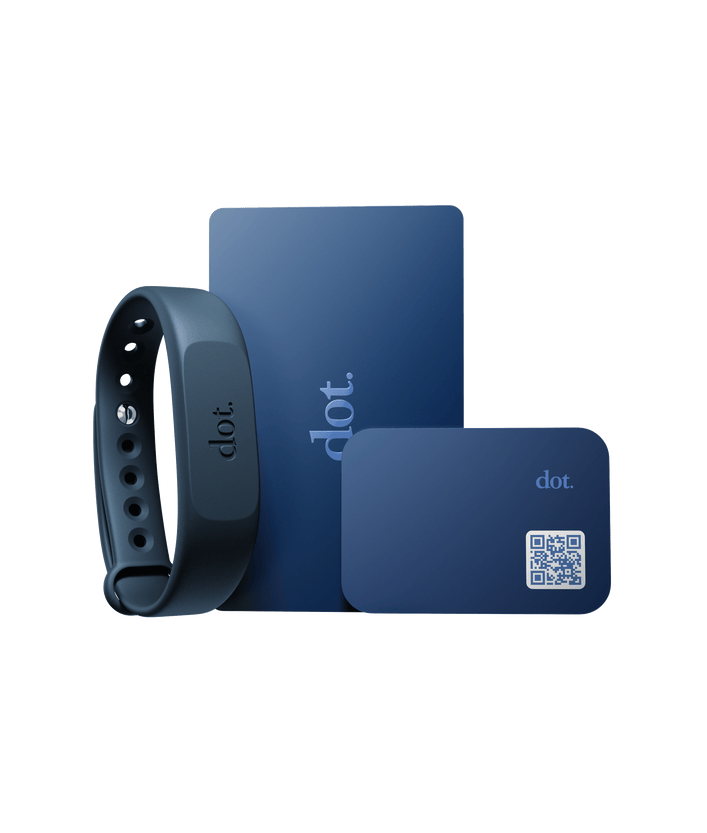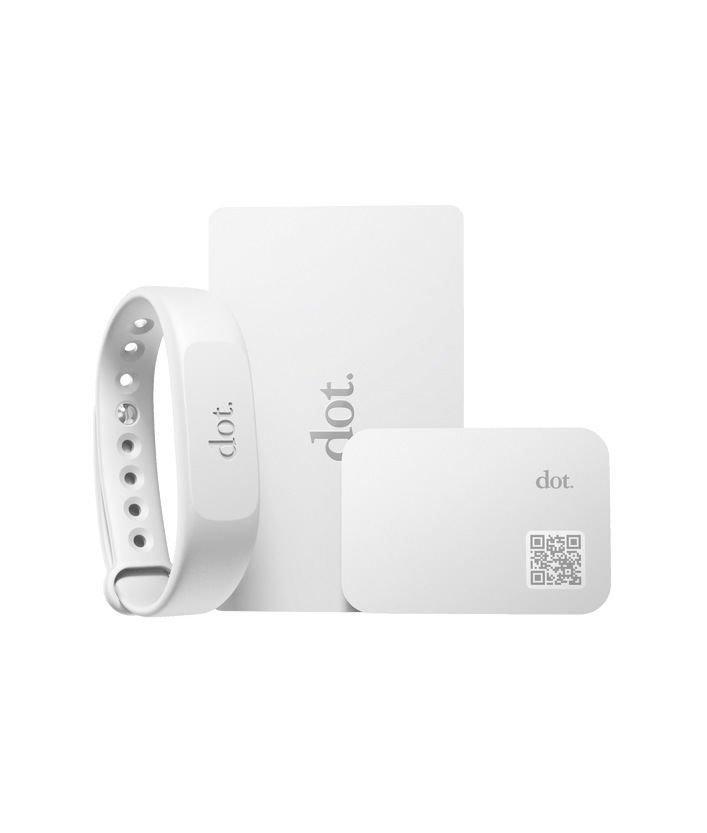As a small business owner, you know that driving sales is critical to the success of your business. However, in today's crowded marketplace, it can be challenging to stand out and reach your target audience. This is where content marketing comes in. By creating and sharing valuable content, you can attract potential customers and build trust with them over time. Instead of bombarding them with sales pitches, you provide them with information or entertainment that they'll find useful or enjoyable. This not only helps you establish credibility and authority in your industry but also creates a positive association with your brand in the minds of your audience. Over time, this can lead to increased brand awareness, customer loyalty, and ultimately, more sales.
Throughout this article, we will discover just how to unlock the secrets to successful content marketing and how you can leverage it to drive your small businesses’ sales.
Let’s dive in!
1. Identify Your Target Audience
To effectively use content marketing to drive sales, you need to have a clear strategy in place. Start by identifying your target audience and what type of content they would find valuable or interesting. This could include how-to guides, industry insights, product reviews, or even entertaining videos or memes. Once you have a list of potential content ideas, create a content calendar to help you stay organized and consistent with your posting schedule.
It's also important to ensure that your content is optimized for search engines so that it's easily discoverable by potential customers. This means using relevant keywords, optimizing headlines and meta descriptions, and ensuring that your website is mobile-friendly.
2. Develop a Content Strategy
Another important aspect of using content marketing to drive sales is promoting your content through various channels. This could include social media, email marketing, guest blogging, and even paid advertising.
Social media is a great way to reach a wide audience and promote your content. You can share your blog posts, videos, and infographics on your social media channels, and encourage your followers to share them with their own networks. You can also use paid social media advertising to target specific demographics and reach new audiences.
Email marketing is another effective way to promote your content and build relationships with your subscribers. You can send newsletters, product updates, or even exclusive content to your email list to keep them engaged and interested in your brand.
Guest blogging on other websites is also a great way to reach new audiences and establish yourself as an authority in your industry. Look for websites that cater to your target audience and reach out to them with content ideas that would be valuable to their readers.
Finally, paid advertising can be a powerful tool for promoting your content and driving sales. Platforms like Google AdWords and Facebook Ads allow you to target specific demographics and interests, and drive traffic to your website or specific landing pages.
By utilizing these various channels to promote your content, you can reach a wider audience and increase the chances of driving sales for your business. Just remember to track your results and adjust your strategy as needed to ensure that you're getting the best return on your investment.
3. Create Valuable Content
The key to successful content marketing is creating valuable content that your audience will find useful or entertaining. This means focusing on topics that your audience cares about and providing them with information or entertainment that they can't find anywhere else. There are several metrics you can use to evaluate the effectiveness of your content, such as website traffic, engagement rates, lead generation, and conversion rates.
Website traffic is an important metric to track, as it can give you an idea of how many people are discovering and engaging with your content. You can use tools like Google Analytics to track your website traffic and see which pages or blog posts are getting the most views.
Engagement rates, such as social media shares, comments, and likes, can give you an idea of how well your content is resonating with your target audience. High engagement rates suggest that your content is valuable and interesting to your audience, which can lead to increased brand awareness and loyalty.
Lead generation is also an important metric to track, as it can give you an idea of how many potential customers are interacting with your content and taking the next step towards becoming a paying customer. You can use lead generation tools like landing pages, email sign-ups, or contact forms to capture leads and track their progress through your sales funnel.
Conversion rates are perhaps the most important metric to track, as they directly measure how effective your content is at driving sales. You can track conversion rates by setting up goals in Google Analytics, such as tracking how many visitors to your website make a purchase or fill out a contact form.
4. Promote Your Content
Promoting your content is a critical part of a successful content marketing strategy. Even if you have created the best content possible, if nobody knows about it, it won't have much impact on your business. Therefore, it's essential to promote your content effectively to reach your target audience and drive traffic to your website.
One way to promote your content is through social media. For example, if you run a pet grooming business, you might share a blog post on Facebook about how to keep your pet's coat healthy and shiny. You could also send an email to your customers with a special offer for grooming services, or run a Facebook ad targeting pet owners in your area. Sharing your content on platforms like Facebook, Twitter, LinkedIn, or Instagram can help you reach a wider audience and drive more traffic to your website. To be successful on social media, it's important to understand your audience and the types of content they prefer. You can use social media analytics tools to track engagement rates and adjust your strategy accordingly.
Paid promotion is another effective way to get your content in front of your target audience. You can use tools like Google Ads or Facebook Ads to promote your content to specific groups of people based on demographics, interests, or behaviors. This can be a particularly effective way to promote content that is aimed at a specific niche audience.
In addition to these strategies, you can also promote your content through partnerships and collaborations. This could involve reaching out to other businesses or influencers in your industry and offering to guest post on their blog or collaborate on a joint content project. By partnering with other brands or individuals who share your target audience, you can reach new customers and build your brand's credibility and authority.
5. Measure Your Results
Measuring results is a critical part of any successful content marketing strategy. Without measurement, it's difficult to know whether your content is resonating with your target audience, driving traffic to your website, or ultimately contributing to your bottom line.
There are several key metrics you should track to measure the effectiveness of your content marketing efforts. These metrics include:
- Traffic: Tracking the number of visitors to your website can help you understand how effective your content is at driving traffic. You can use tools like Google Analytics to track website traffic and analyze trends over time.
- Engagement: Engagement metrics, such as likes, comments, and shares, can help you understand how your audience is interacting with your content. Tracking engagement can help you identify which types of content are resonating most with your audience.
- Conversions: Ultimately, the goal of content marketing is to drive sales or other desired actions. By tracking conversions, such as form submissions, downloads, or purchases, you can understand how effectively your content is driving action.
- ROI: Measuring return on investment can help you understand the financial impact of your content marketing efforts. This involves tracking the costs associated with creating and promoting content and comparing it to the revenue generated as a result.
To effectively measure results, it's important to set clear goals and benchmarks for your content marketing efforts. This could involve setting specific targets for traffic, engagement, or conversions, and tracking your progress toward these goals over time.
At the end of the day, content marketing is a powerful tool for small businesses looking to build brand awareness, establish credibility, and drive sales. By creating valuable and engaging content, businesses can attract potential customers and build relationships over time. However, creating content alone is not enough. To be successful, businesses need to have a clear strategy in place, promote their content effectively, and measure results to continually refine their approach.
When developing a content marketing strategy, it's important to understand your target audience and their pain points. By creating content that addresses these pain points and provides solutions, you can position your business as a trusted resource and thought leader in your industry. It's also important to consider the different types of content that may resonate with your audience, such as blog posts, videos, infographics, or social media posts.
Promoting your content is also critical to reaching a wider audience. This could involve leveraging social media, email marketing, or paid advertising to get your content in front of potential customers. Finally, measuring results is essential to understanding the impact of your content marketing efforts and making informed decisions about how to refine your approach.
By following these best practices, small businesses can use content marketing to compete with larger companies and drive growth over time. While it may take some time and effort to see results, the long-term benefits of a successful content marketing strategy can be significant.










































